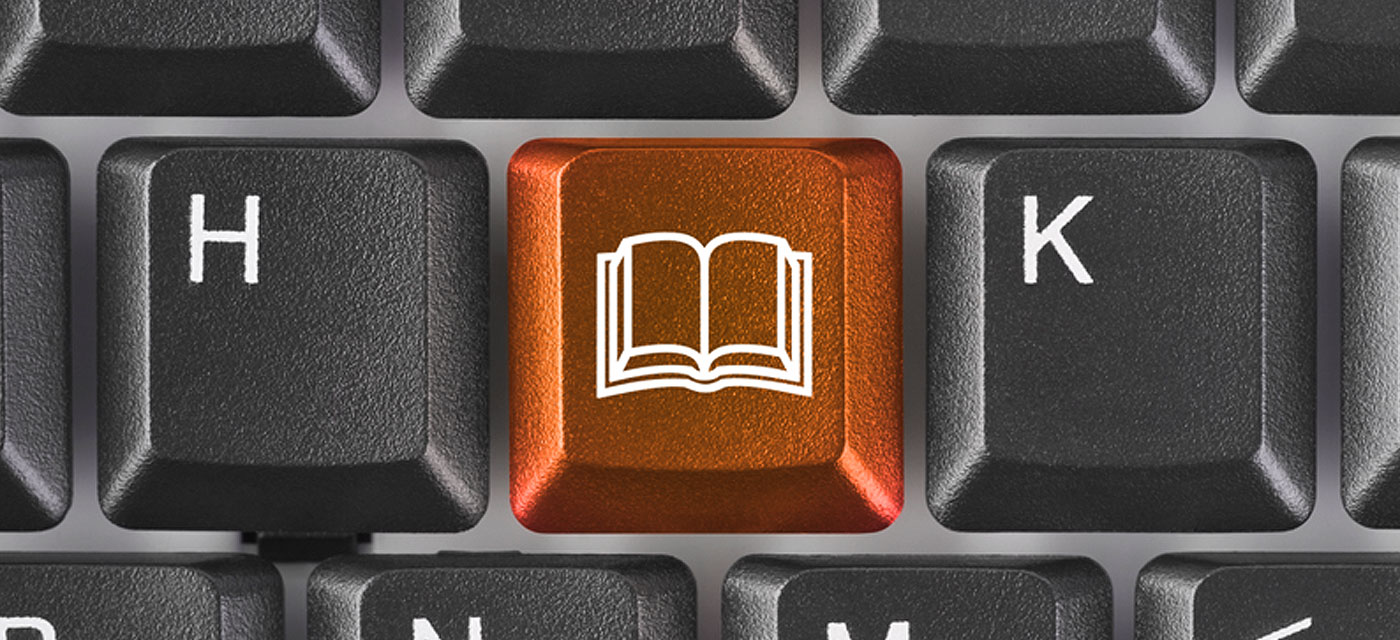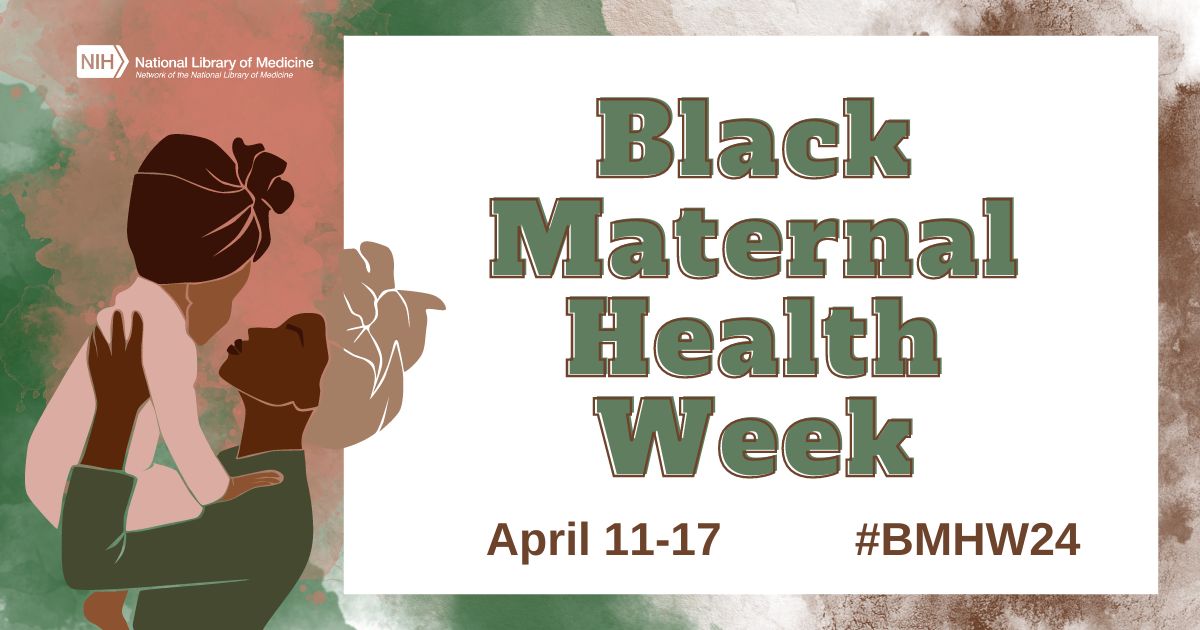Balance of Books & Technology: pBooks vs. eBooks

Libraries today are faced with the difficult task of doing more with less. Nowhere is this more evident than in the balance of books and technology. There is an ever increasing demand for digital content, yet the circulation of print materials continues to soar. While there is no one size fits all approach, there are some important factors to consider while determining materials allocations.
1. Print material is still important. eBook sales continue to climb dramatically, but the rest of the book market is increasing as well. According to the Association of American Publishers, in October 2012, eBook sales were up by 46% and general book sales were up by 8.7%. In just five years, eBook sales have taken over 22% of the market.[1] However, this still means that the majority of book sales are in print. What does this mean for libraries? The bottom line is that print books are still in wide demand and account for the largest market share. So we as librarians shouldn’t expect print books to become drastically less important to our customers.
2. The growth of eBooks is undeniable, but we can’t be certain where the future lay. Predictions vary from digital content replacing all hard copies to the eBook market leveling out at its current market share. Part of the exponential growth of eBook sales is due to the huge increase of eBook availability. In 2005, there were 110K eBooks and in 2006, 135K. By 2011, after Amazon debuted the Kindle, it boasted over 950K titles. And Len Riggio, Chairman of Barnes & Noble contends that eBook adoption will level out at about 30% of the market share [2]. While we can’t consult a crystal ball, we can be fairly safe in saying not to put all your money into eBooks just yet.
3. What we do know is that readers are enjoying reading in different formats and borrowing from a multitude of sources. The evolution of digital content has fueled reading in general and now readers expect content in different ways and are reaching out to more places to get it. A study by the PEW Research Center last summer looked at libraries, patrons, and eBooks. One of the most interesting findings, in my opinion, was the book borrowing behavior. Library card holders are more than twice as likely to have bought their most recent book than to have borrowed it from a library. Many e-book borrowers purchase e-books, too. [3]
[1] Hoffholder, Nate. “AAP Reports US EBook Sales Up 46% in 2012.” The Digital Reader. The Digital Reader, 25 Feb. 2013. Web. 13 Apr. 2013.
[2] Litte, Jane. “Will EBook Adoption Flatten out at 30% of the Market?” Dear Author. Dear Author, 3 Mar. 2013. Web. 13 Apr. 2013.
[3] Kathryn, Zickhur, Rainie Lee, Madden Mary, and Brenner Joanna. “Libraries, Patrons, and E-books.” Pew Internet Libraries. Pew Research Center, 22 June 2012. Web. 13 Apr. 2013.
Tags: book formats, ebooks








